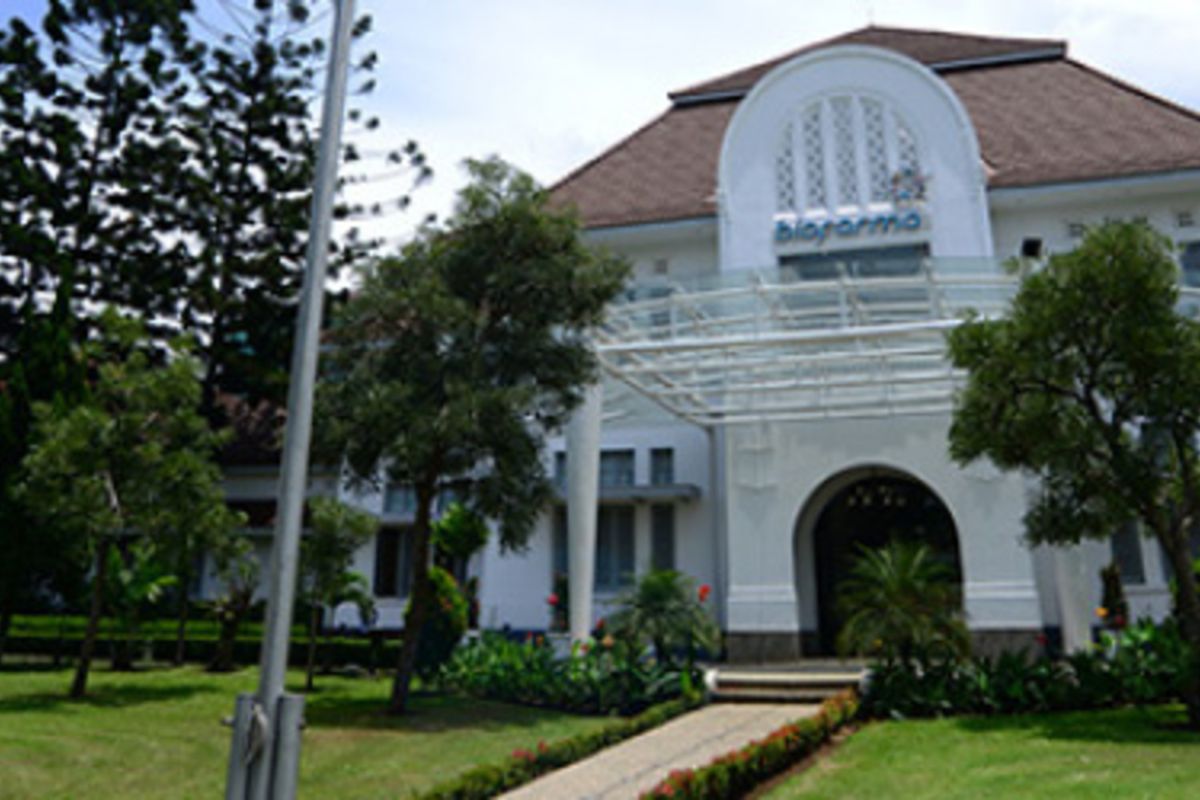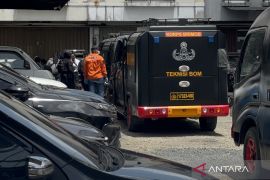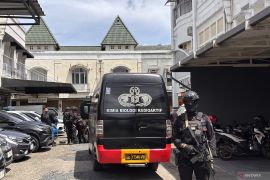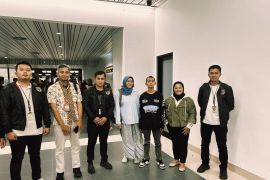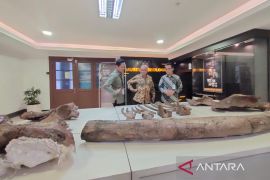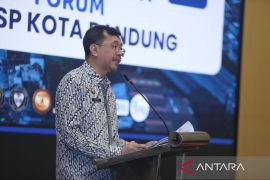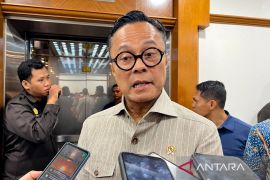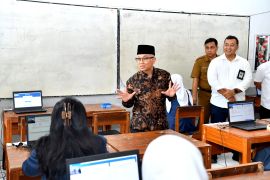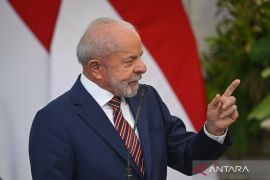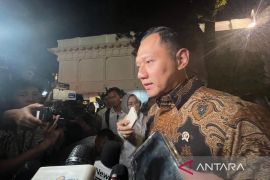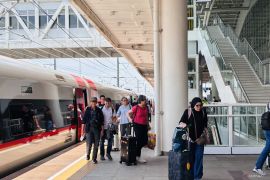Located in the colonial heritage area on Dr. Djundjunan (Pasteur) Street No. 28 in Bandung city, the building lies about 1.9 km from the Bandung Train Station, a distance that takes 30 minutes by car to cover.
The Bio Farma building, originally named "Landskoepok Inricting en Instituut Pasteur," was constructed in 1926. It served as a smallpox vaccine production facility during an outbreak, which is why it came to be known as the "Cacar" (Smallpox) Building.
Dutch architect Charles Prosper Wolff Schoemaker played an important role in the building's construction.
He also designed several other historical buildings in Bandung city such as the Asia Africa Building, the PLN or the state electricity firm building, Hotel Preanger, and Bethel Church on Wastukencana Street.
In his designs, the architect combined elements of Eastern and Western culture. The Eastern elements can be seen in the shape of the roofs, which have steep slopes.
This mixture of elements is also evident in the Bio Farma Heritage Building, which is two years shy of 100.
State-owned pharmaceutical holding Bio Farma renovated the building in 2015, without changing the original shape, appearance, or details. The building's preservation and utilization efforts also focused on ensuring that its cultural meaning was retained.
The renovated building covers an area of around 2,659 square meters, with the first floor measuring 2,030 square meters and the second floor spanning 629 square meters.
The renovation took nine months from March 2015. Thereafter, the building was inaugurated as a heritage object on December 17, 2015.
Related news: Bio Farma's NusaGard vaccine to be used for cervical cancer prevention
Before the renovation, the Bandung Cultural Preservation Association or Bandung Heritage inventoried the oldest building in the area as a Cultural Heritage Building in 1997.
It was then declared a cultural heritage via the Bandung City Regional Regulation No.19 of 2009.
Through the building, Bio Farma is seeking to share the philosophy of loving and maintaining buildings with cultural heritage value.
According to the Indonesian Archaeologists Association (IAAI), cultural heritage buildings are tangible cultural heritage other than cultural heritage objects, structures, sites, and areas.
To be proposed as a cultural heritage, buildings, objects, or structures need to be at least 50 years old and hold special meaning in terms of history, science, education, religion, or culture. They must also contribute to strengthening the nation.
Bio Farma corporate secretary Bambang Heriyanto said that in keeping with Bandung City Regional Regulation No. 7 of 2018 concerning Cultural Heritage Management, the company maintained the original shape and structure of the building, including the wall paint, roof color, and aesthetics.
Almost the entire building is still white and retains its Dutch colonial characteristics. Its teak windows and iron trellis are the same as before.
As part of the building's maintenance, Bio Farma paints it twice a year and has committed to maintaining its cleanliness and integrity, as well as ensuring there is no damage or leaks, while still prioritizing the authenticity of the building.
Heriyanto said that his side has not faced significant obstacles in maintaining the heritage building. The company also regularly allocates a budget for the building's maintenance.
Related news: Bio Farma opens vaccine technology transfer with Ghana
Corporate museum
While Bio Farma has made several modifications to the building, this has been done without causing the building to lose its authenticity or change its form, style, or aesthetics.
The company also uses the building as an administrative center, with the offices of the directors of PT Bio Farma located there.
In addition, the company has turned the right wing of the building into a museum that maps the health discoveries and disease outbreaks that occurred before vaccines were invented, as well as equipment used at the beginning of Bio Farma's operations.
The museum, which covers an area of nine hectares, can be visited by academic guests and external agencies.
Visitors can learn about the company's history through the pictures in the museum, which show past Bio Farma leaders and a video of the company's past researchers.
The museum is expected to be a place to learn or disseminate knowledge about the company's history to the public.
Bio Farma held an open house event at the museum in 2018. Representatives from various elements, including the Bandung City Tourism and Culture Office, Indonesian Medical Literacy (IMEL), and West Java Regional Museum Association, attended the event.
Bio Farma said it has added digital interfaces without excluding the educational element at the museum.
Visitors can trace Bio Farma's historical documentation and learn about health tourism via virtual reality (VR).
Related news: Bio Farma, Sinopharm develop medicinal raw materials
Editor: Yuni Arisandy Sinaga
Copyright © ANTARA 2024
